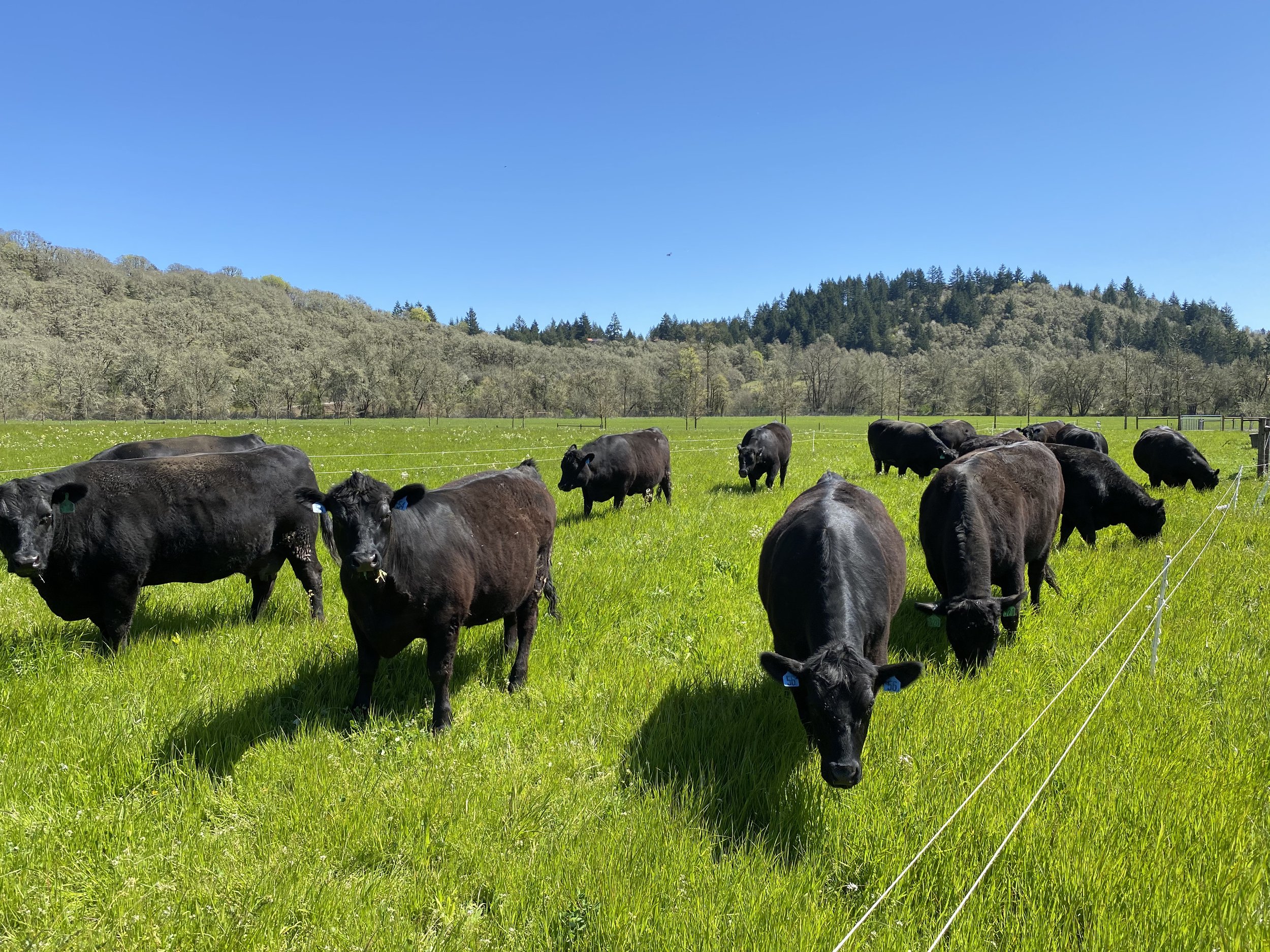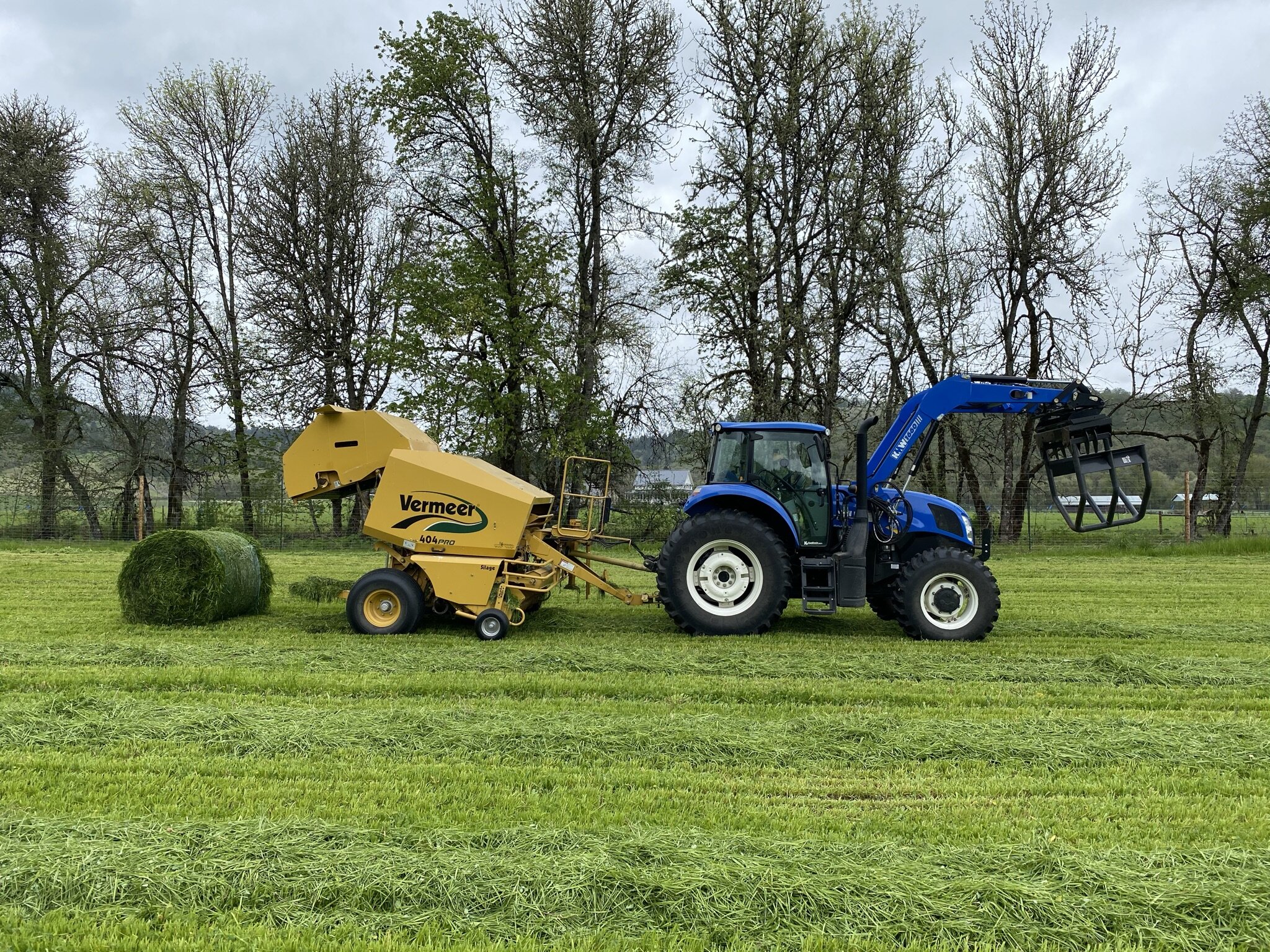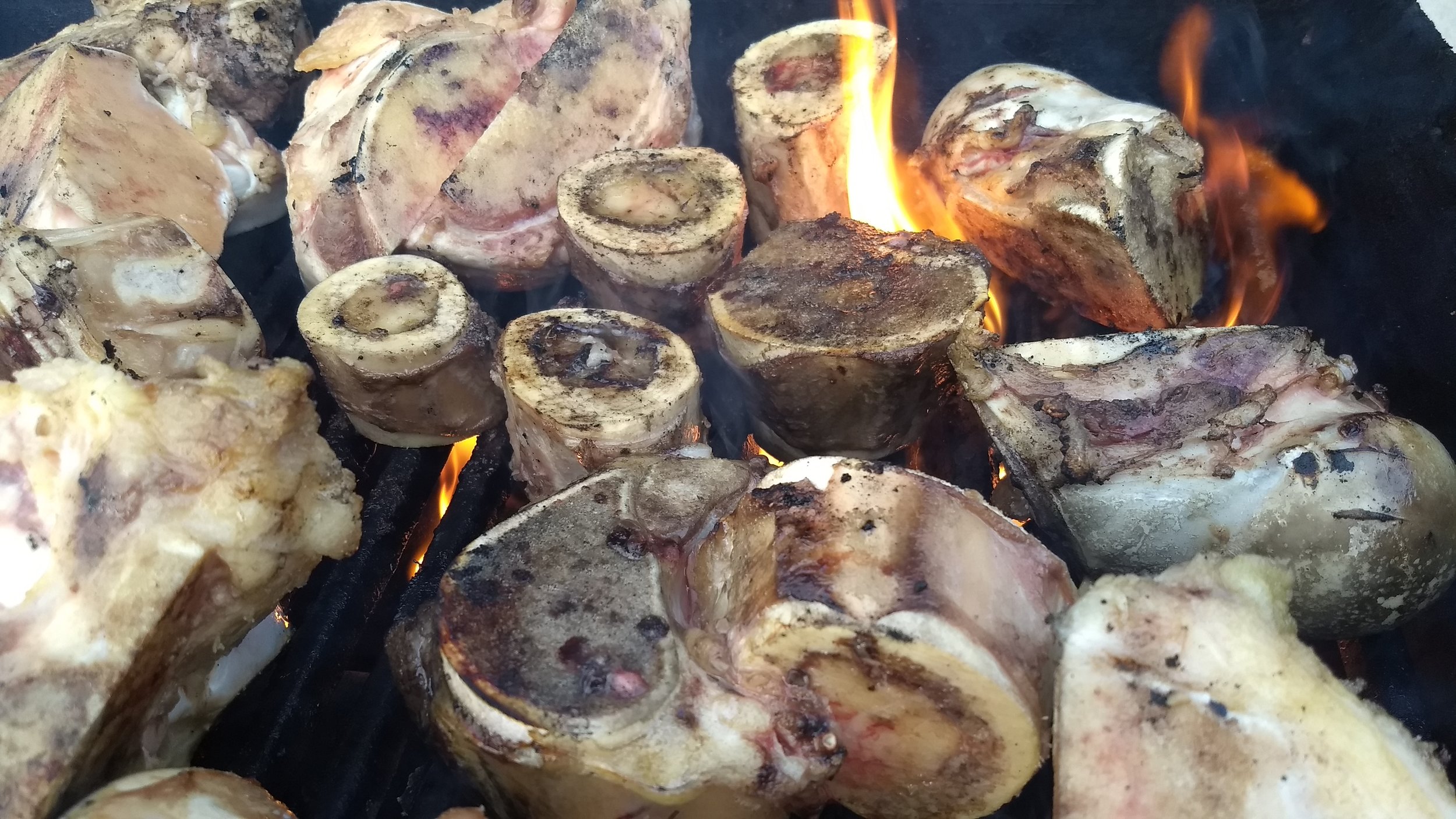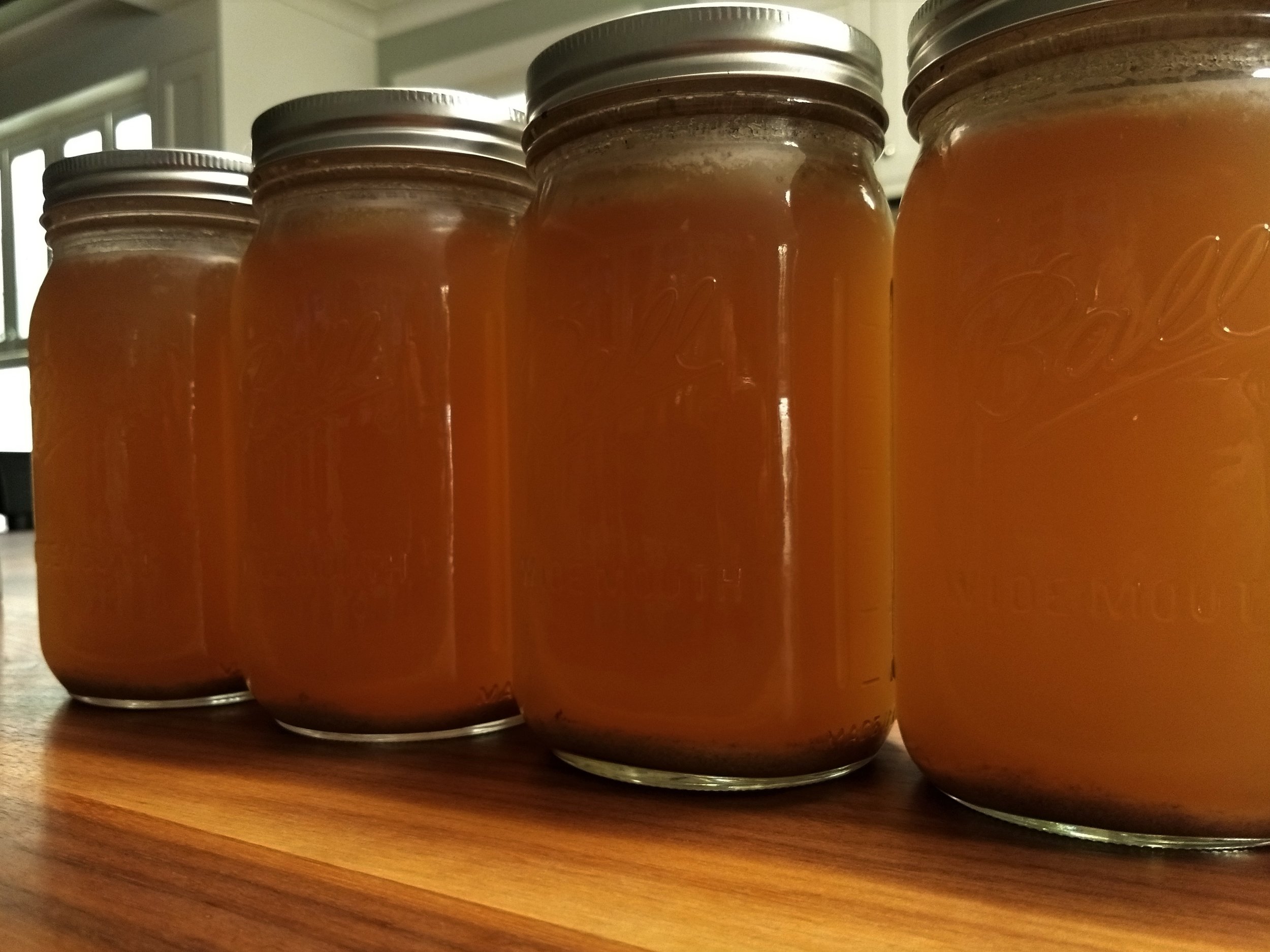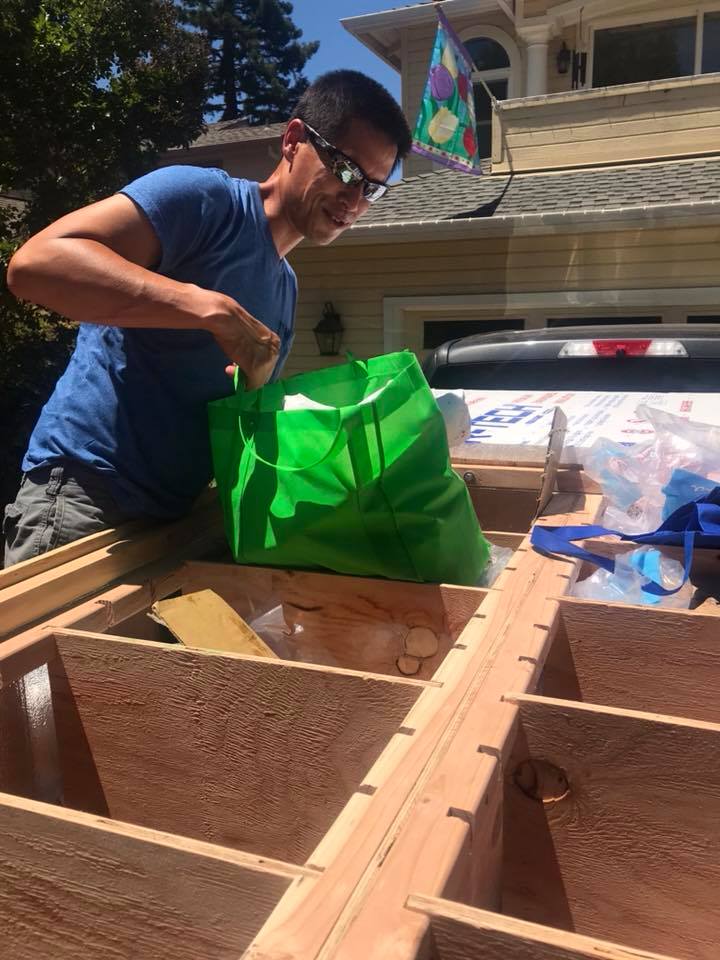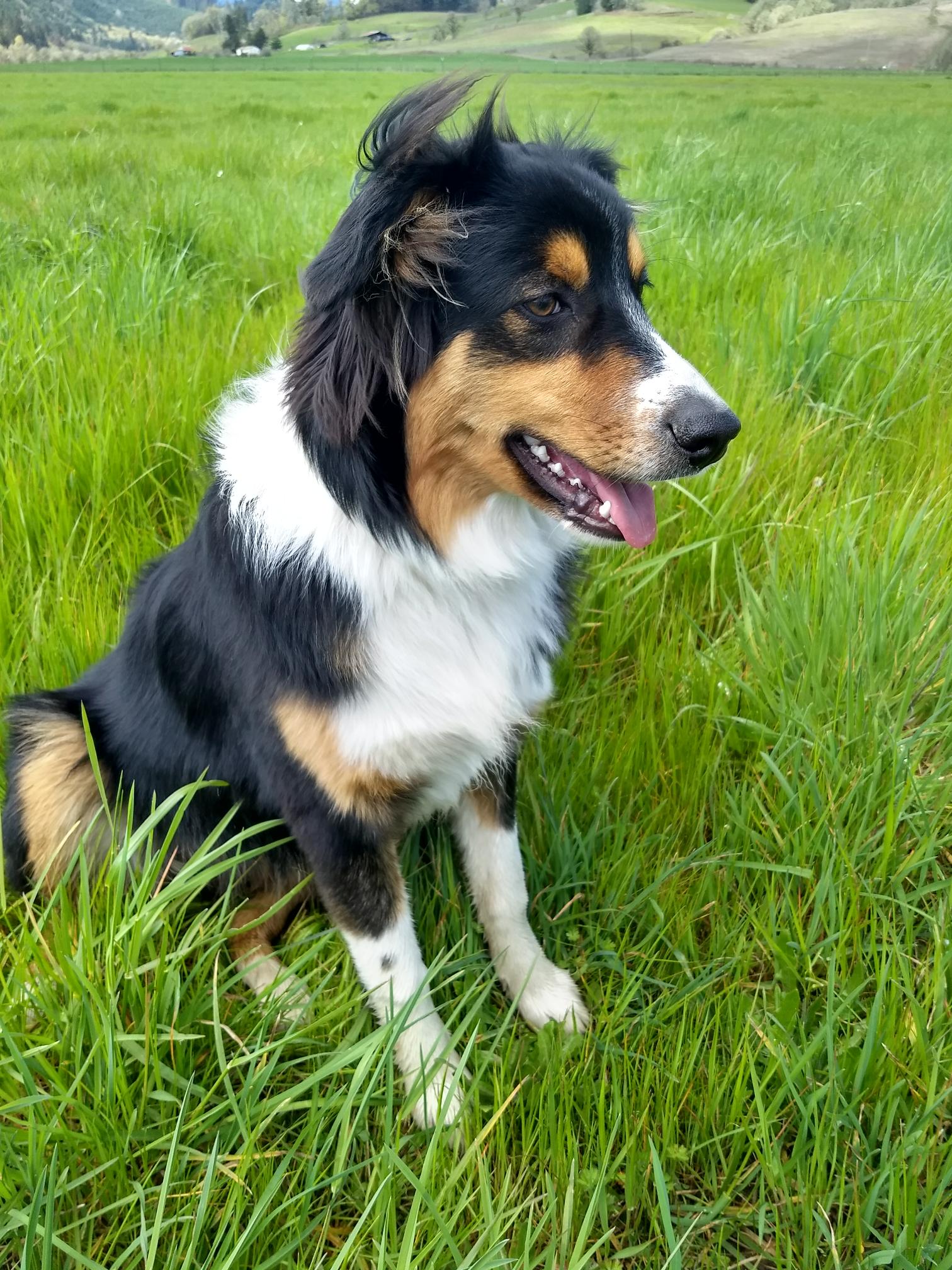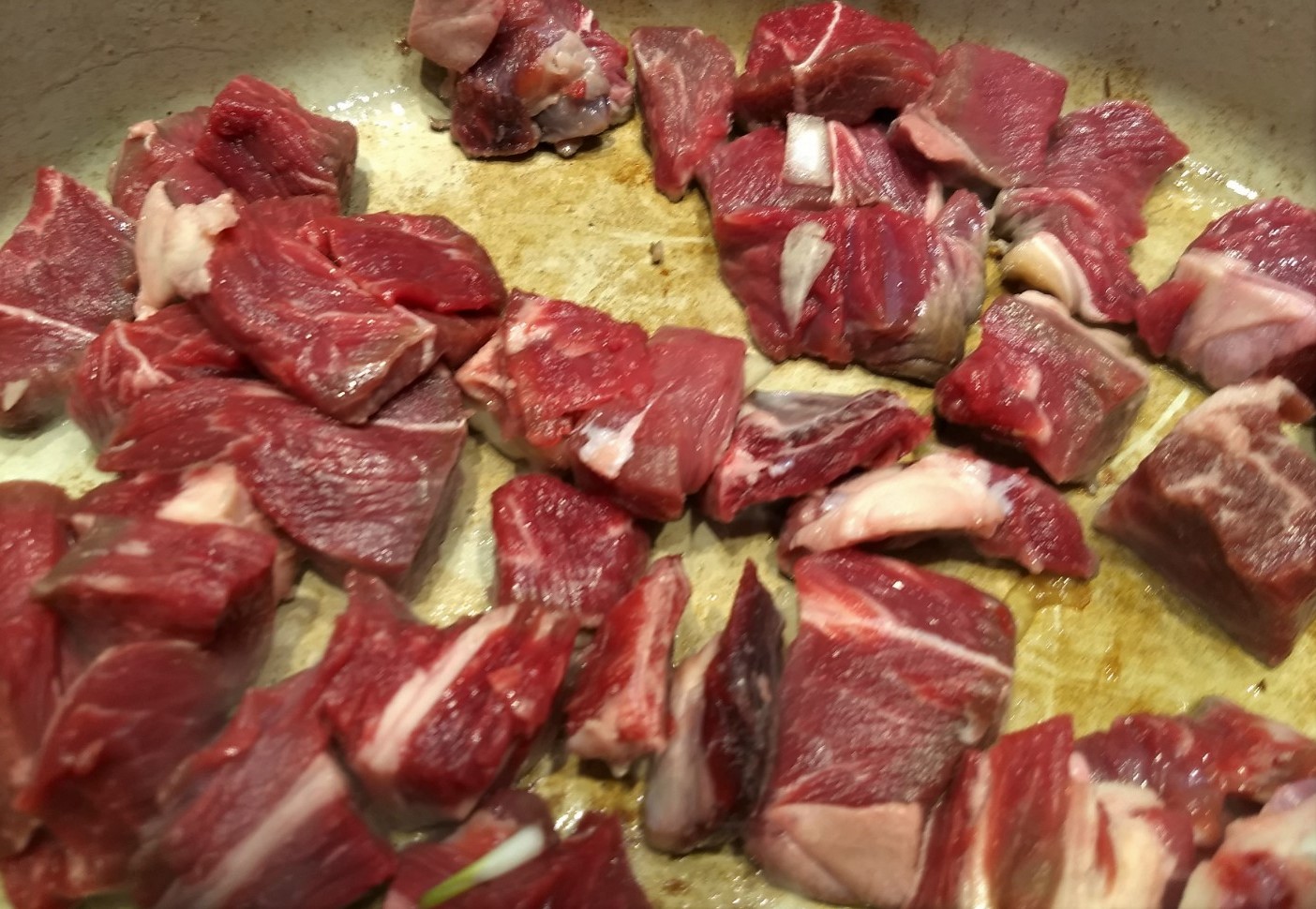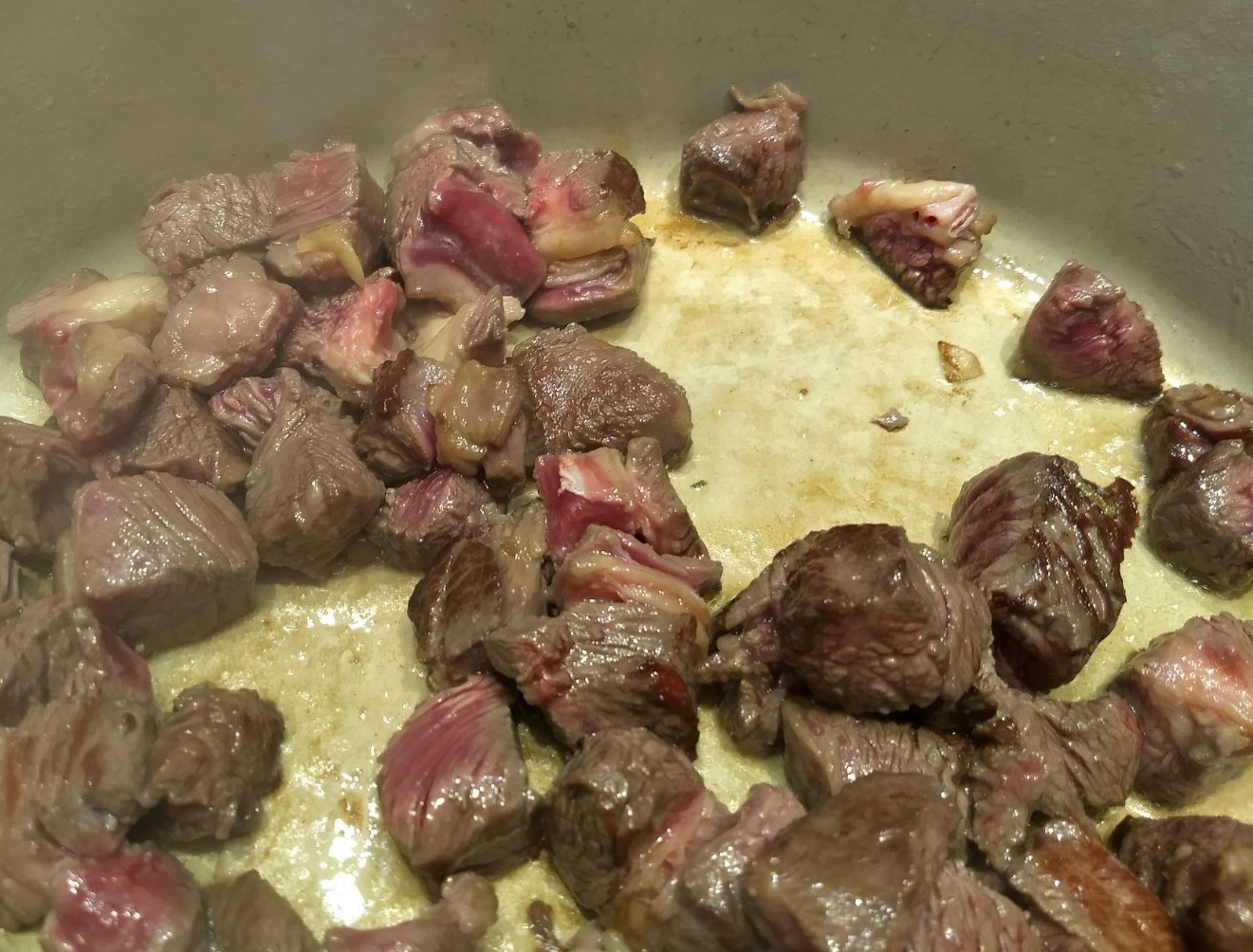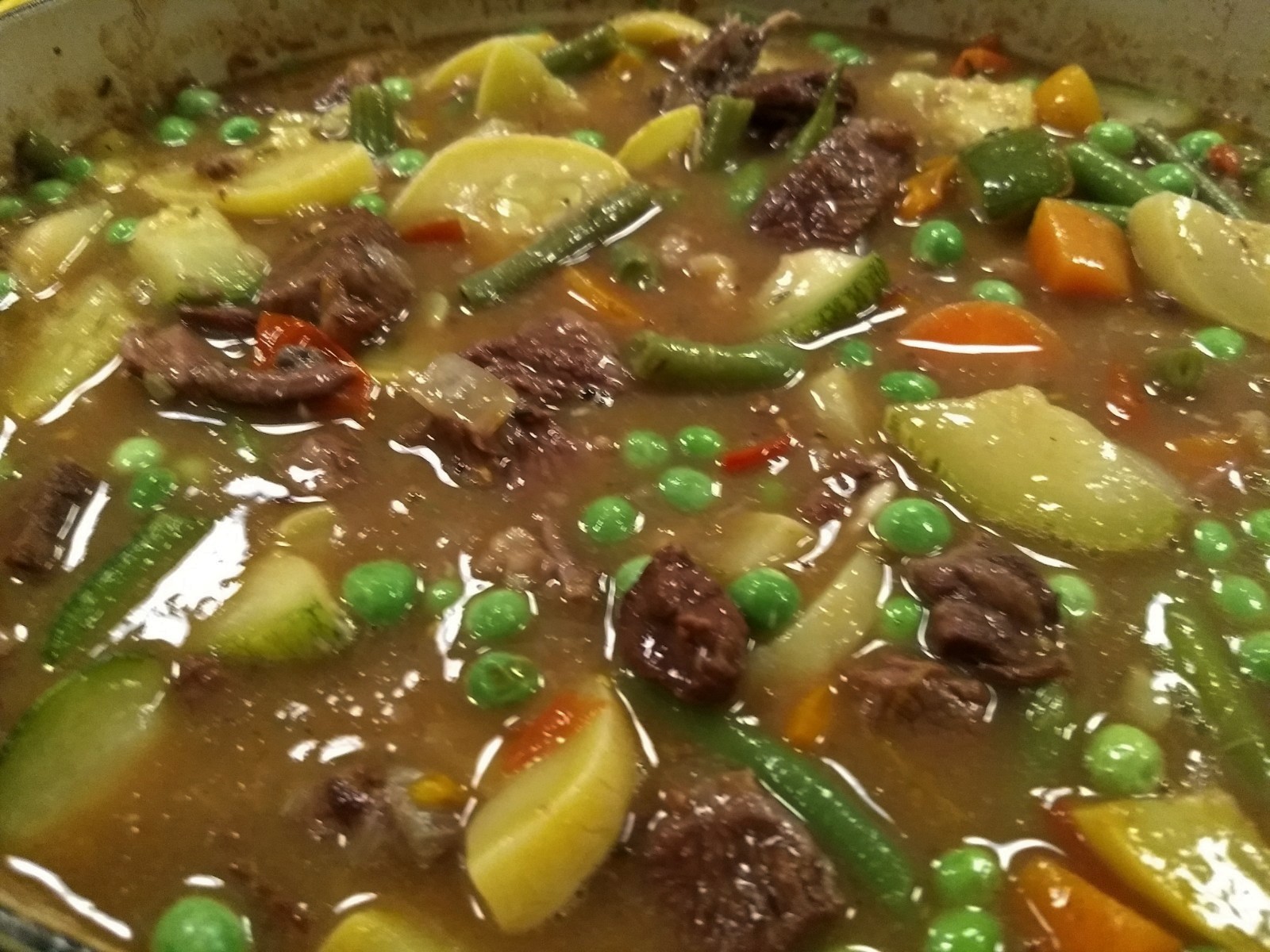Dear Friends,
We hope this post finds you and your loved ones well. With the reality of Covid-19 sinking in, our lives and the lives of many others have changed. Change can be difficult, and the uncertainty of tomorrow can be scary. I reassure you that our high level of commitment to our cows, to our environment, and to you (our community) remains constant and will not change. We will continue forward producing high quality, healthy beef that feeds over 60 families a year with the same attention to detail that you have come to expect and trust.
To accomplish these goals while keeping ourselves and our community healthy, we’ve made the tough decision to stop all in-person meetings, farm tours and pasture walks. The notion of suspending in-person face-to-face meetings and farm tours runs contrary to our usual practice; we’ve hosted hundreds of farm tours and have met hundreds of awesome people on our farm through these tours. This change will be difficult for us, our friends, and our new customers. We remain 100% transparent in our operation and stand ready to answer any of your questions. I’m available and reachable via email, phone, text and video conferencing. I’m also happy to host group video conferencing meetings to answer any of your farm questions in a group setting. I’ve started our new Verdant Hills Farm YouTube channel where I’ve started posting video of what I’m doing on the farm. I will be updating our FB and Instagram page regularly. We don’t want you to miss out on what’s happening on the farm.
For our beef customers purchasing a beef share this season, please expect a follow up email shortly that outlines extra steps that will be implemented at our farm level and at the butcher level to ensure that your beef will remain healthy and safe. Suspending in-person visits to our farm is the first big step.
Comments, questions and suggestions are always welcome. Many of you have reached out offering support…..thank you! As a community, we will get through this together. Please stay healthy, happy and connected!
In solidarity,
Rich (Michael & Emmett too)



